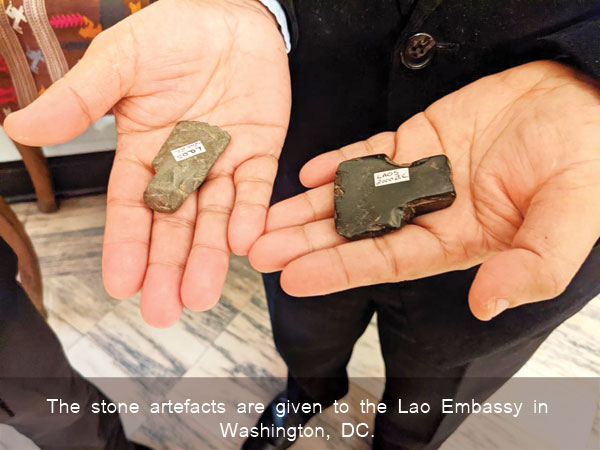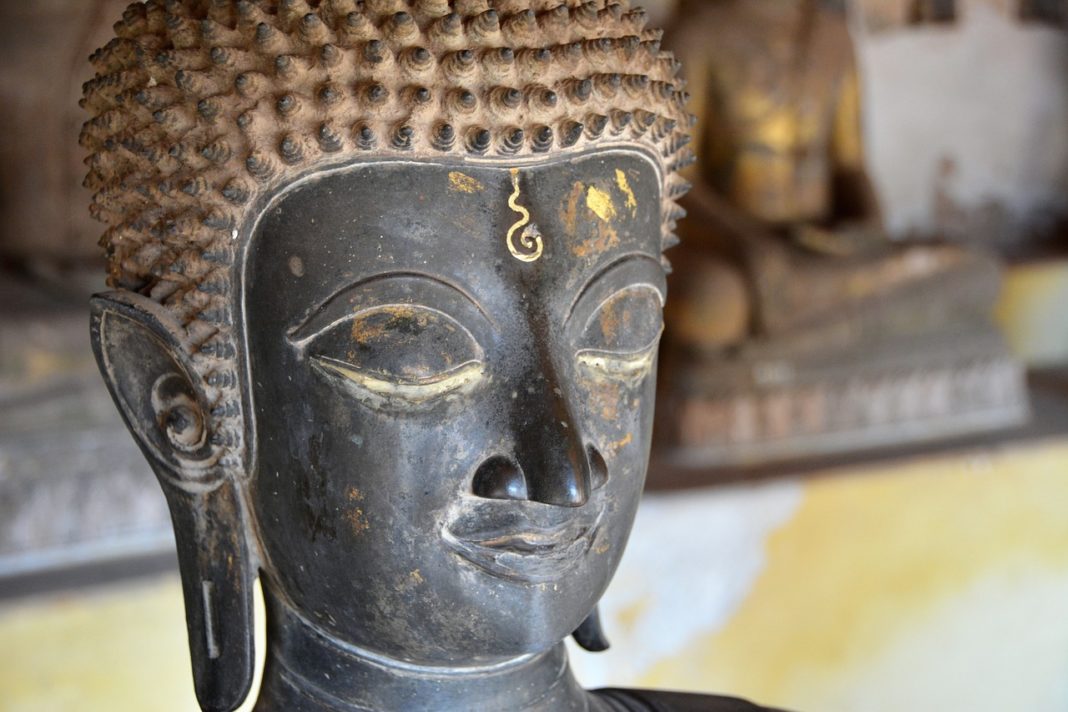According to the United States Embassy to Laos, the items, two stone chisels, are more than 2,000 years old.
They were discovered four years ago in rural Indiana, United States, as part of a larger recovery of items from around the world. To discover the origins of the Lao chisels, the Federal Bureau of Investigation (FBI) sought assistance from many experts.

Despite increasingly aggressive enforcement efforts to prevent the theft of cultural heritage and other antiquities, the illicit movement of such items across international borders continues to challenge global law enforcement efforts to reduce the trafficking of such property.
The United States is ready to partner with Laos to further develop the means of preventing the illegal trafficking of Laos’ precious cultural heritage.
US Ambassador to Laos, Dr Peter M. Haymond said “These artefacts belong in Laos. For more than 20 years, the United States has been partnering with the Lao government to preserve and protect its outstanding and diverse cultural heritage.”
“That partnership extends beyond Laos’ borders, and I commend the FBI and our Cultural Heritage Task Force for helping to restore these items to the people of Laos.”
“I look forward to working with Laos to further strengthen our joint efforts to protect its precious cultural heritage,” Dr Haymond said.
“The United States is unwavering in its commitment to protect and preserve cultural heritage around the world,” he added.
Meanwhile, the US Embassy in Vientiane is this year celebrating more than 20 years of cultural preservation activities in Laos under the Ambassadors Fund for Cultural Preservation (AFCP) programme.
Under this programme, the US Embassy has provided more than US$1.2 million in protecting its cultural heritage, most recently to support preservation of the ancient megalithic jars on the Plain of Jars in Xieng Khuang province.
According to vientianetimes.org.la
(https://www.vientianetimes.org.la/sub-new/Previous_044/freeContent/FreeConten_US44.php)












